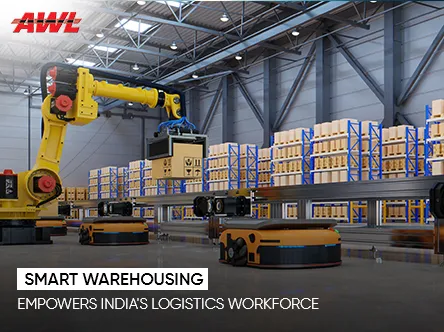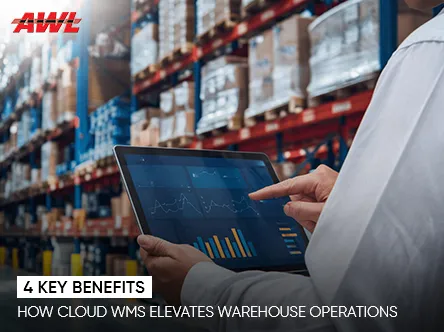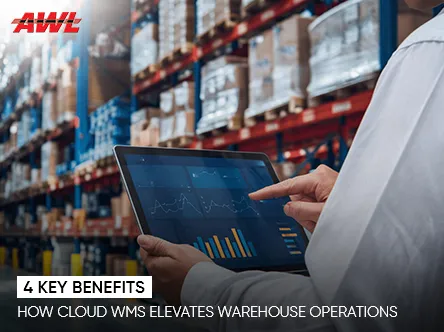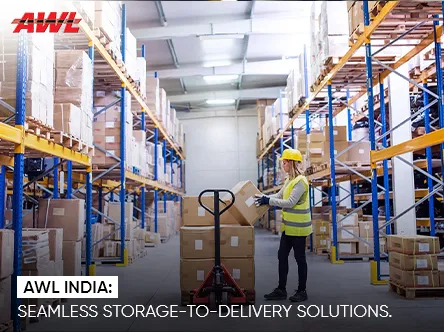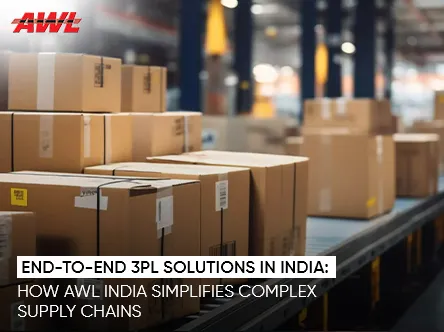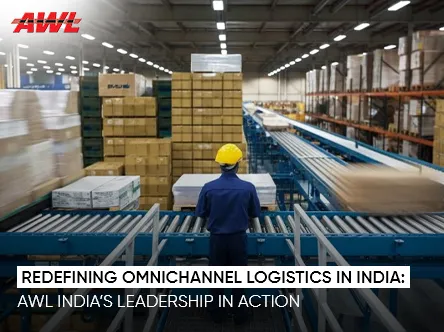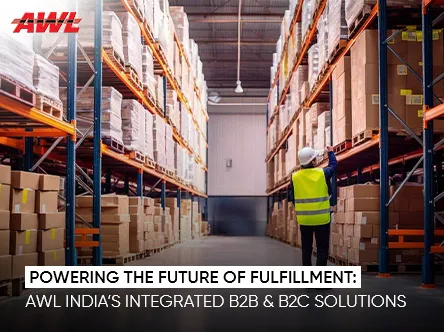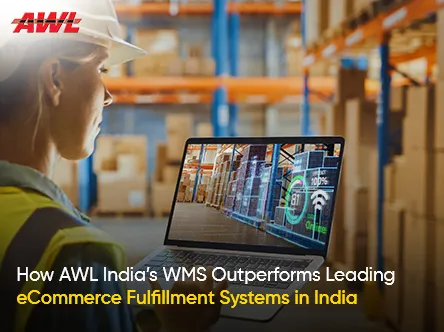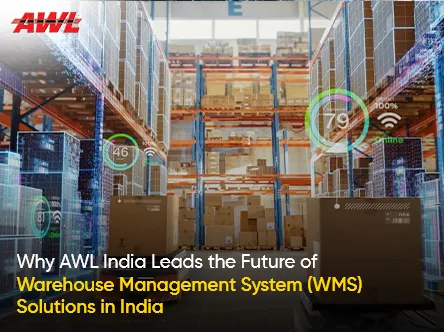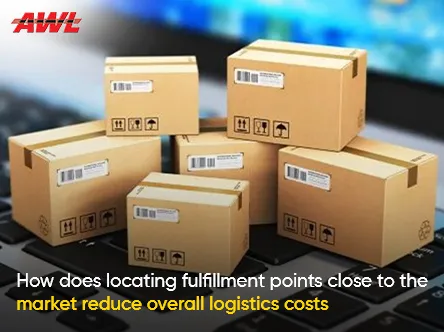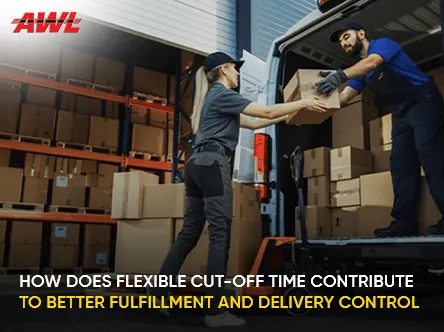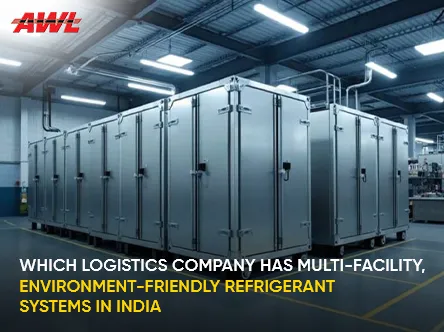When fulfillment centers are strategically placed near key customer hubs, transportation distances shorten, delivery times improve, and fuel and handling costs decrease. This proximity also helps minimize inventory holding and last-mile expenses. Companies like AWL India Pvt. Ltd. leverage such location strategies to reduce overall logistics costs while improving delivery speed and customer satisfaction.
How does locating fulfillment points close to the market reduce overall logistics costs?
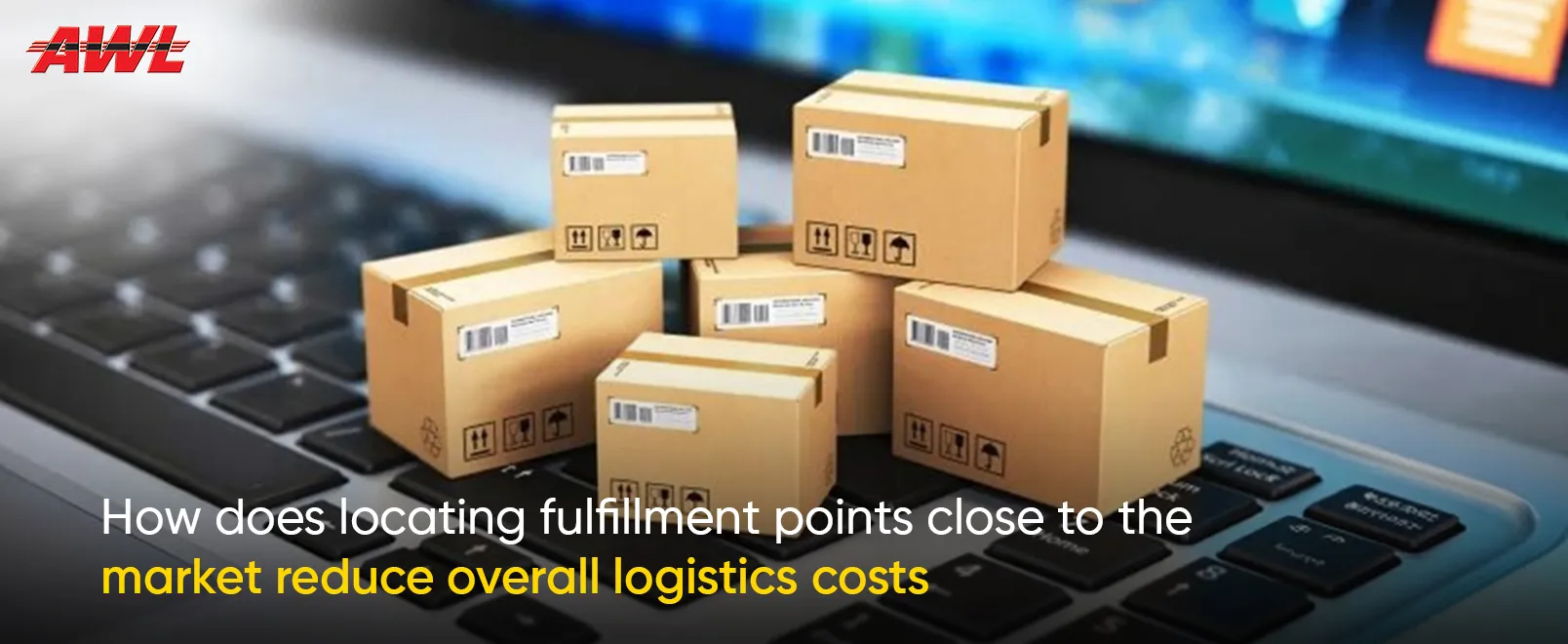
The Power of Proximity: Smarter, Cheaper Deliveries
Locating fulfilment points close to the market is one of the most effective ways to reduce overall logistics costs — and that’s exactly what industry leaders like AWL India Pvt. Ltd. are doing. When warehouses and distribution centres are strategically positioned near customer hubs, businesses save significantly on transportation, shorten delivery times, and improve inventory efficiency. This approach minimizes fuel consumption, reduces last-mile complexities, and allows for faster order fulfilment — all of which directly lower the total cost of logistics.
In India, where logistics expenses account for nearly 14% of GDP (as reported by the Indian Institute of Materials Management), optimizing network location has become a vital lever for competitiveness. By placing fulfilment centres close to major consumption zones, companies like AWL India not only cut operational costs but also enhance service reliability and sustainability.
This blog explores how proximity-based fulfilment transforms cost efficiency, why it’s becoming an industry standard, and how AWL India Pvt. Ltd. is leading this shift with a multi-facility, market-focused logistics model.
Table of Contents
- The Power of Proximity: Smarter, Cheaper Deliveries
- What do we mean by “fulfilment points close to the market”?
- Why does location matter in logistics costs?
- What are the cost components that benefit from proximity?
- How much cost-saving can be expected?
- Why is AWL India Pvt. Ltd. the right partner for this strategy?
- Conclusion
What do we mean by “fulfilment points close to the market”?
Let’s begin by defining terms. A “fulfilment point” refers to a warehouse, distribution centre, or any node in the supply chain from which goods are dispatched to customers or downstream locations. By “close to the market” we mean physically located nearer the demand centres — for example, large consumer clusters, cities, or regions with high sales volume — rather than being centrally located far from customers.
This could mean a number of things:
- A regionally located fulfilment centre rather than a national centre far away.
- A network of smaller local hubs instead of one large hub.
- A node placed in an urban or peri-urban area with high customer density.
When we talk about “locating fulfilment points close to the market”, we are essentially optimising for geography, placement, and demand-reach.
What do we mean by “fulfilment points close to the market”?
Let’s begin by defining terms. A “fulfilment point” refers to a warehouse, distribution centre, or any node in the supply chain from which goods are dispatched to customers or downstream locations. By “close to the market” we mean physically located nearer the demand centres — for example, large consumer clusters, cities, or regions with high sales volume — rather than being centrally located far from customers.
This could mean a number of things:
- A regionally located fulfilment centre rather than a national centre far away.
- A network of smaller local hubs instead of one large hub.
- A node placed in an urban or peri-urban area with high customer density.
When we talk about “locating fulfilment points close to the market”, we are essentially optimising for geography, placement, and demand-reach.
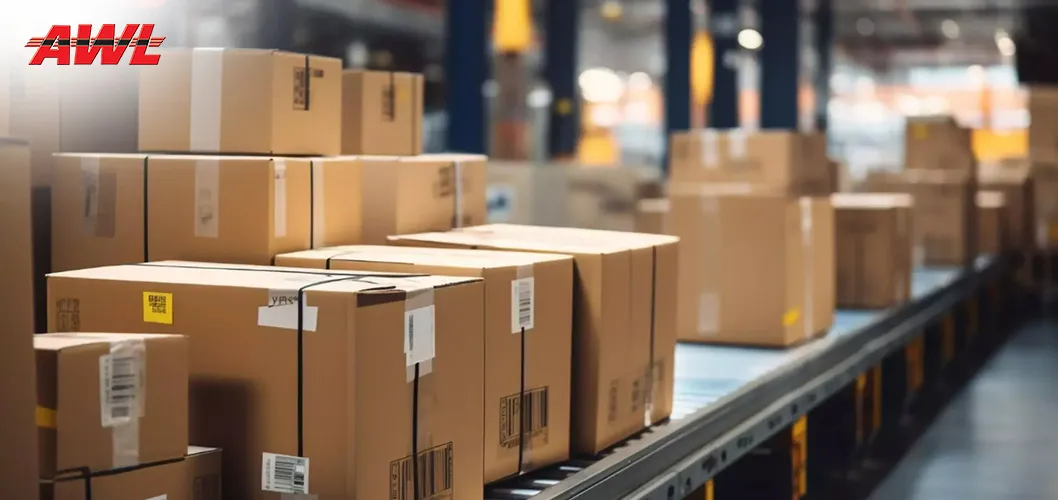
Why does location matter in logistics cost?
Why should you care about where your fulfilment points are located? Because logistics cost is heavily driven by distances, modes of transport, lead-time, inventory levels and handling. Research shows that in India, logistics costs remain high — around 14 % of GDP, significantly higher than in many developed nations.
Also, a recent blog on logistics cost-optimization states that transportation often is the biggest cost driver and that location choices (which affect transport and lead-time) are therefore critical.
By placing fulfilment closer to the market, you reduce the distance of last-mile or regional deliveries, shorten lead-time, reduce transportation cost, and can reduce the inventory needed to buffer long supply chains. All of these contribute to cost savings.
What are the cost components that benefit from proximity?
Let’s ask: what specific cost components are lowered by locating fulfilment near the market? And how does proximity help?
Transportation and last-mile delivery costs
Perhaps the most obvious: when your fulfilment point is nearer to your customers, the distance travelled, fuel consumed, driver time, vehicle wear and tear, and risk of delays decline. One logistics blog identifies transport costs as major and lists route optimisation, shipment consolidation, and closer hubs as key levers.
Shorter distances also mean more deliveries per vehicle per day, higher utilisation, fewer empty miles, and thereby lower cost per parcel or unit.
Reduced lead-time and higher service performance
When fulfilment is close, you shorten the time between order receipt and delivery. Quicker deliveries mean you may need less buffer inventory, you can respond to demand more dynamically, you reduce expediting premiums, and you improve customer satisfaction (which indirectly reduces the cost of returns, complaints, and idle time). Research shows that optimising hub location reduces average delivery distance and thus cost.
Inventory carrying and storage cost
Because proximity supports faster turnover and shorter supply chains, you can reduce safety stock, reduce cycle stock, and optimize inventory more tightly. A study on logistics cost and sustainability highlighted that improved networks (including location) reduce carrying costs.
Additionally, smaller regional fulfilment points can operate with leaner storage because of faster movement. This lowers warehousing costs, rent, handling costs, and inventory risk.
Multi-client or shared fulfilment economies
Research by McKinsey & Company shows that multi-client fulfilment operations (which often locate closer to customers) achieve cost savings of 7-9% versus dedicated fulfilment models, partly because of shared infrastructure and closer network placement.
Thus, consolidation of fulfilment closer to demand can deliver economies of scale while also reducing distance-based cost.
Reduced returns, damage, and handling costs
Shorter transport and fewer hand-offs mean fewer handling steps, therefore lower risk of damage, fewer returns, less waste, and lower operational cost. While less directly quantified, this is a meaningful benefit of proximity.
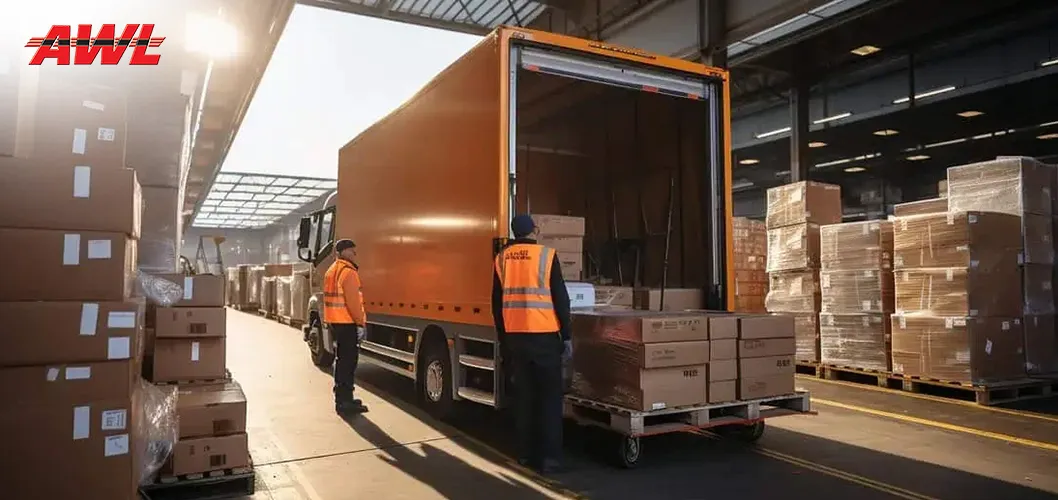
How much cost-saving can be expected?
While exact numbers depend heavily on company, network, geography, and product mix, here’s what the research suggests:
- The McKinsey study cited above (multi-client fulfilment closer to customers) estimated savings of 7-9% compared to dedicated fulfilment.
- A logistics cost-optimization blog indicates that overall logistics costs can be reduced by around 10-20% with the right strategies that include locating, transport optimisation, and inventory reduction.
- Optimization of hub location using GIS/road-network modelling showed a reduction of average delivery distance by ~16% in a case study.
In sum: locating fulfilment points close to the market is unlikely to completely transform cost overnight, but it is a key contributor to meaningful reductions of perhaps 5-15% in total logistics cost, in many cases more when combined with other tactics.
Why AWL India Pvt. Ltd. is the right partner for this strategy
You might ask: why should you choose AWL India Pvt. Ltd. to implement this strategy of locating fulfilment points close to the market? Here are several reasons:
Expertise in end-to-end logistics solutions
AWL India Pvt. Ltd. provides comprehensive logistics services — from warehousing, distribution, fulfilment to transport management. Their experience across markets means they understand the trade-offs between infrastructure cost, transport cost and service levels.
Network design and optimisation
One of the core competencies of AWL India is designing supply-chain networks. They can help determine the number and location of fulfilment nodes that will optimise cost and service in your specific geography.
Proximity-based model
AWL India’s model emphasises locating fulfilment centres strategically close to demand pools so that transport cost, lead-time and overall supply-chain expense are reduced. Their ability to partner with clients and implement regionally placed nodes is a differentiator.
Technology and process strength
AWL India deploys advanced systems for inventory management, fulfilment operations, and transport tracking. This helps ensure that the benefits of proximity (such as faster turnover and lower inventory) are realised.
Proven ROI
Given the research evidence (e.g., multi-client fulfilment savings of 7-9%) and AWL India’s proven track record in India’s high-cost logistics environment (where logistics is ~14% of GDP), IIM Mumbai – working with a partner like AWL India helps convert strategy into measurable savings.
In short: if you’re serious about reducing overall logistics cost by placing fulfilment points closer to your market, AWL India Pvt. Ltd. is the partner you want.
Conclusion
In summary, locating fulfilment points close to the market is a powerful strategy to reduce your overall logistics cost. Why? Because proximity lowers transportation and last-mile cost, reduces lead-time, improves service, enables lower inventory, and allows you to operate more efficiently. The research supports this: cost savings of 5-15% (or more) are realistic when properly executed.
However, it’s not a silver bullet. The challenge lies in choosing the right locations, balancing fixed and variable costs, managing inventory across a network, and deploying the right systems. That’s why you need a partner with the expertise, infrastructure and regional know-how.
That partner is AWL India Pvt. Ltd. With their deep logistics capabilities in India, understanding of local markets, and full-service fulfilment, warehousing and transport operations, AWL India is ideally placed to help your business locate fulfilment points close to your market — and convert that proximity into measurable cost savings and service improvement.
If you’re looking to drive down logistics costs, enhance customer service and build a high-performing supply chain, talk to AWL India today and start your proximity-based fulfilment strategy.

